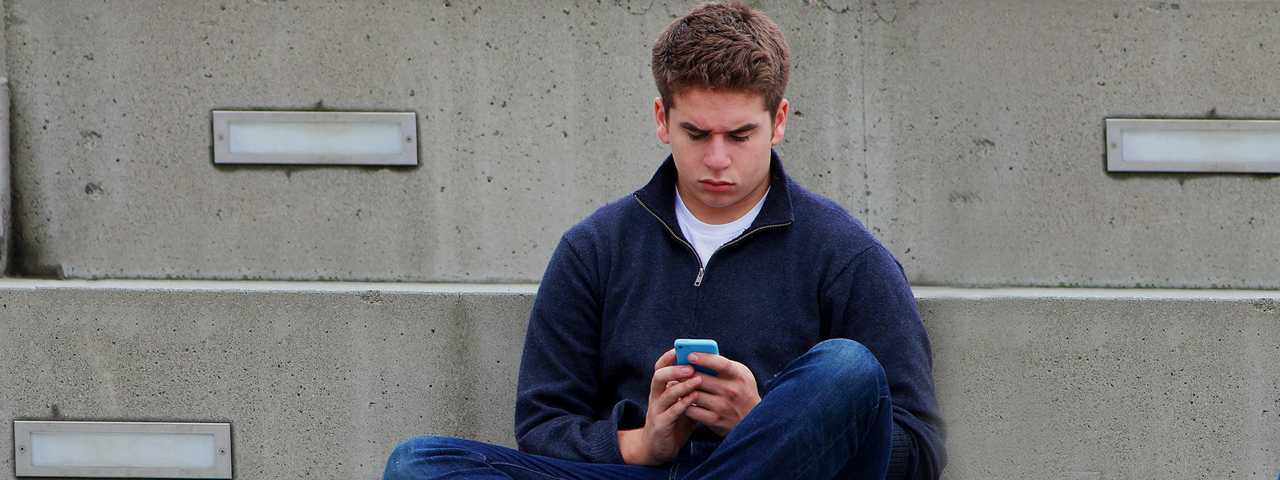Screen Time Advantages and Disadvantages
In today’s digital age, children have numerous reasons to engage with screens, whether for homework, emails, gaming, socializing, web browsing, or watching videos on platforms like YouTube. This has led many parents to question the potential negative effects of screen time on their children and whether it is necessary to impose limits.
There are indeed advantages to allowing children to use digital devices, including educational benefits, social interaction, and opportunities for relaxation. However, research indicates that excessive screen time can lead to behavioral issues such as irritability, mood swings, difficulty concentrating, and poor conduct. Additionally, prolonged screen exposure is associated with physical problems like dry eyes and meibomian gland dysfunction, likely due to reduced blinking while using devices. Other health concerns include eye strain, headaches, neck and shoulder pain, and sleep disruptions. Some symptoms of computer vision syndrome are linked to the blue light emitted by digital screens.
Blue light is a type of high-energy visible light with a short wavelength, emitted by digital screens, LED lighting, and sunlight. Research suggests that prolonged exposure to certain wavelengths of blue light may be detrimental to the light-sensitive cells in the retina, potentially leading to vision impairment. There is evidence that excessive blue light exposure could contribute to macular degeneration and other serious eye conditions that may result in vision loss or blindness. Furthermore, blue light can disrupt the body’s circadian rhythm, adversely affecting sleep patterns. Insufficient quality sleep can lead to significant health issues.
Despite these findings, the long-term effects of blue light exposure from digital devices remain largely unknown, as this is the first generation to extensively use such technology. It may take years to fully comprehend the consequences of excessive screen time.
How to Safeguard Eyes Against Blue Light
The initial measure for effective eye protection involves minimizing exposure by reducing the duration of time spent on computers, smartphones, or tablets, particularly during the evening, to prevent disruption of sleep patterns. Many pediatricians advise against any screen time for children under the age of two.
The subsequent action is to limit the amount of blue light that reaches the eyes by utilizing blue light blocking glasses or coatings designed to reflect this light away. Additionally, there are applications and screen filters available for devices that can help diminish the blue light emitted from screens. It is advisable to consult with your eye care professional regarding strategies to mitigate blue light exposure from digital devices.
It is important to note that the sun is a significant source of blue light; therefore, it is crucial to shield your child’s eyes with UV and blue light blocking sunglasses whenever they are outdoors, even on cloudy days.
Children under 18 years old are particularly vulnerable to damage from environmental factors due to their clear crystalline lenses, which are more prone to the effects of both UV and blue light rays. Although the consequences, such as an increased risk of age-related macular degeneration, may not manifest for many years, taking preventive measures now is essential to safeguard against future damage and potential vision loss.


Tinggalkan Balasan